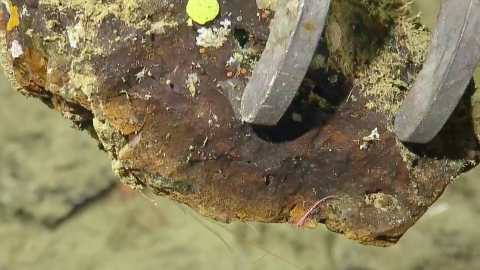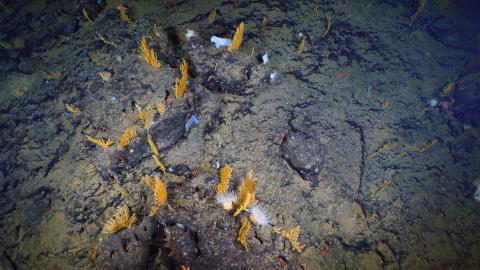Why Are Biodiversity Surveys Important?
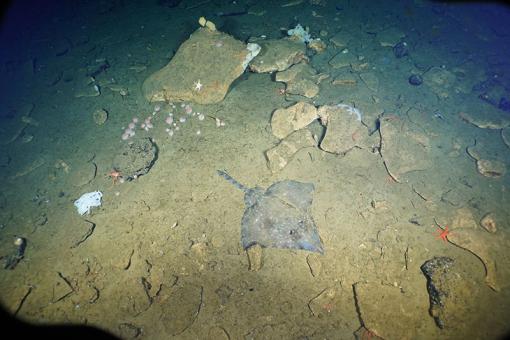
November 2, 2020
Guest blog by Devin Vlach, Graduate Student at Scripps Institution of Oceanography
Originally posted by the NOAA Office of Ocean Exploration and Research
Recent studies have revealed a staggering statistic in global biodiversity: approximately 1 million plant and animal species are threatened with extinction. Since 1900, the average abundance of most land-based habitats has fallen by nearly 20%1. Human influences have not been limited to terrestrial regions: overfishing, habitat loss, and environmental change can pose threats to marine biodiversity as well. Although we know global biodiversity is decreasing, we don’t have enough data to fully understand how marine ecosystems are being affected.
These data are especially critical because the first step in protecting and managing biodiversity is understanding what species exist by documenting these species and their environments through biodiversity surveys. The ocean covers more than 70% of the planet’s surface, yet according to NOAA, more than 80% of it remains unmapped and unexplored. Scientists estimate that right now, 91% of marine species have yet to be classified.
One commonly used tool to perform biodiversity studies are remotely operated vehicles (ROVs), which allow exploration of the ocean without human presence in the water. ROVs can be equipped with a camera, sensors to measure temperature and oxygen, and an arm to collect samples. Using these tools, we can identify new species and improve our understanding of their unique roles in the ecosystem. With this information, we can monitor populations and track how species respond to disturbances in their environments. Ultimately, these surveys can help maintain ecosystem equilibrium by informing successful management policies.
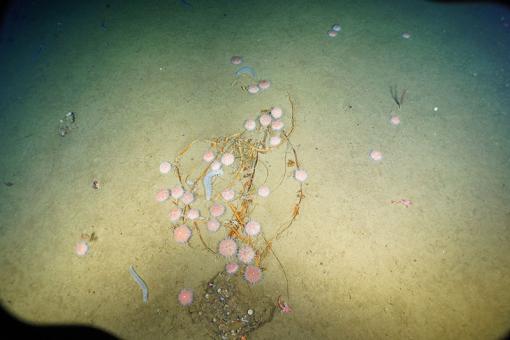
Although less than 10% of our ocean species have been identified, ocean exploration has already led to several important contributions. This work has uncovered species with anti-cancer and anti-viral properties that have led to life-saving medications. For example, azidothymidine, the antiretroviral drug used to prevent and treat HIV/AIDS, is synthesized from the sea sponge Tectitethya crypta. Advancements such as this one highlight the vast potential of the world ocean and the need to better understand it.
Biodiversity surveys are a powerful tool in pushing the frontiers of our knowledge into these unknown regions. Our oceans have the potential to provide innumerable benefits to humans, including life-saving medicines. With current trends in global biodiversity, it is increasingly important to collect this valuable data for conservation and management of the global ocean.
1 IPBES (2019): Global assessment report on biodiversity and ecosystem services of the Intergovernmental Science-Policy Platform on Biodiversity and Ecosystem Services
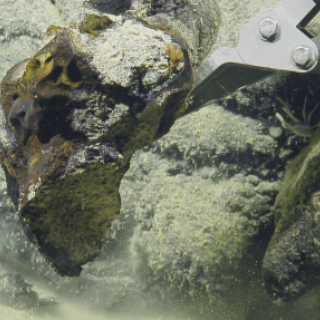
Benthic Communities and their Biopharmaceutical Potential
In this interdisciplinary expedition on the Exploration Vessel Nautilus, we intend to study the Southern California Borderland benthic communities to better grasp the biotic diversity, biopharmaceutical potential, and the substrate mineral composition of the ecosystems.
